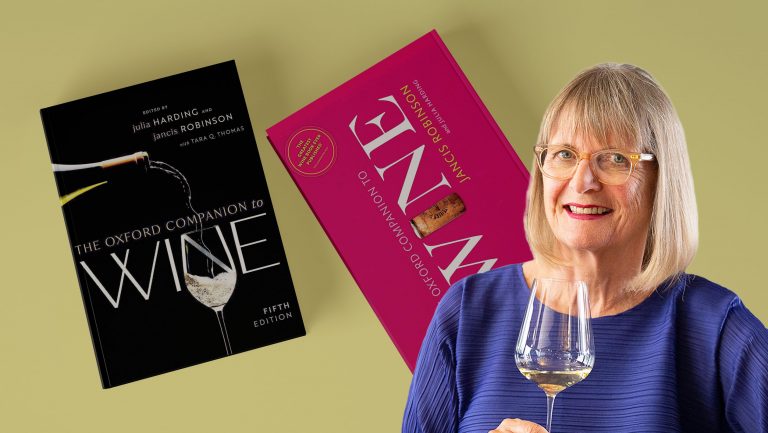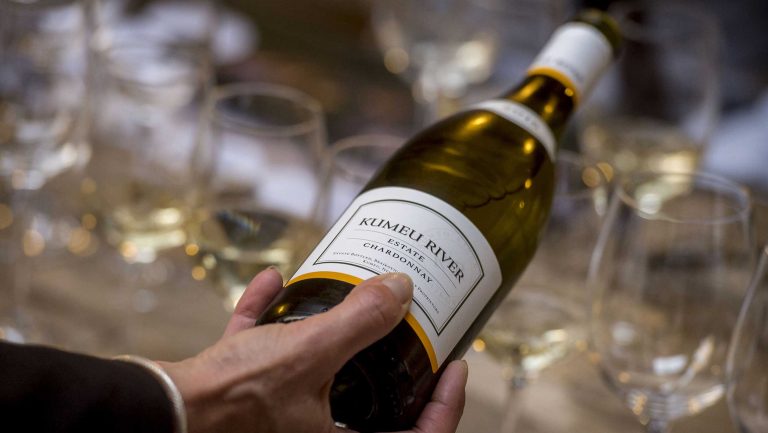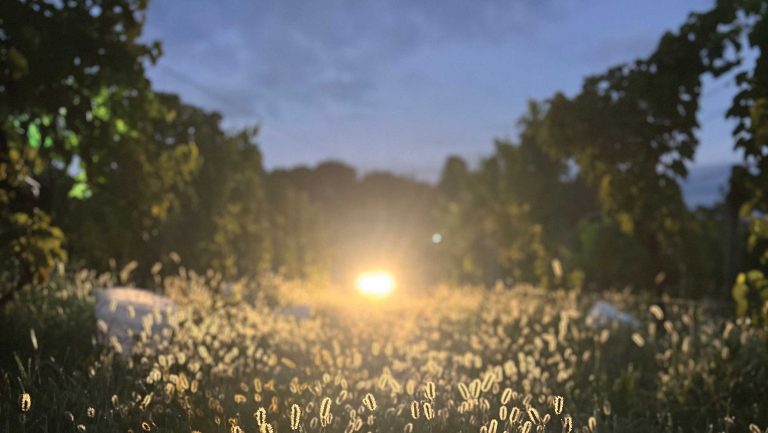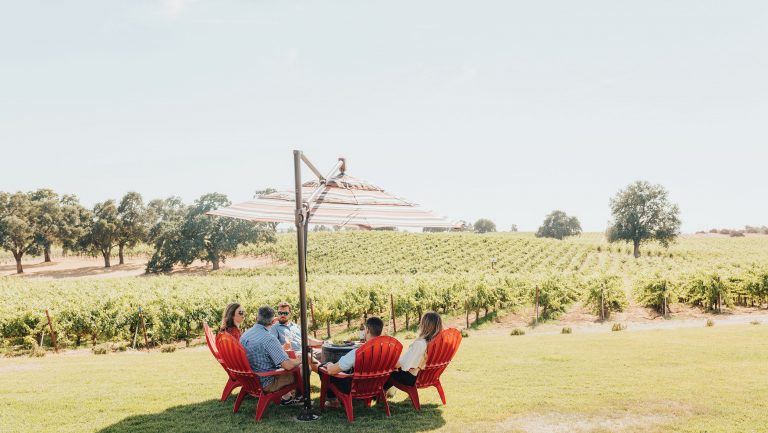In late 1988, Jancis Robinson, MW, was faced with a monumental task: writing the first edition of The Oxford Companion to Wine. An undoubted success, the first edition went on to become one of the Oxford University Press’s (OUP) top sellers, second only to their dictionary, and a much-needed resource for the wine industry. With thousands of entries that range from the origin of viniculture to climate change and NFTs, the impressively comprehensive work is regularly referenced by enthusiasts, professionals, and students—whether beginners or working towards the Master of Wine title.
With few places to find this depth and breadth of authoritative knowledge on the vast, ever-changing world of wine, keeping the work up to date is imperative. Last month, nearly 30 years after the publication of the first edition, the revised and expanded fifth edition made its debut, thanks in large part to the now lead editor Julia Harding, MW, and assistant editor Tara Q. Thomas.
How has The Oxford Companion to Wine evolved over the last three decades—and what does that signify about the greater wine industry? SevenFifty Daily caught up with Robinson to discuss the evolution of The Oxford Companion to Wine, its impact on the wine industry, and what industry professionals can expect from the latest edition.
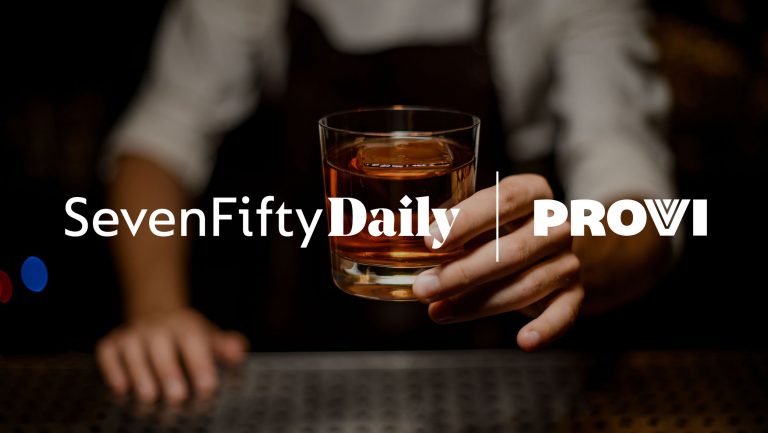
Don’t miss the latest drinks industry news and insights. Sign up for our award-winning newsletters and get insider intel, resources, and trends delivered to your inbox every week.
SevenFifty Daily (SFD): What was it like to undertake the first edition of The Oxford Companion to Wine?
Jancis Robinson (JR): Absolutely terrifying. I knew I had to fill 800 pages with two columns each, which were blank when I started in 1989. The original contract is dated November 31, 1988 (which probably makes it invalid as that date doesn’t exist!) and was amended in 2011 to take account of electronic rights which are, like the other rights, jointly controlled by the OUP and the editor.
This was in the era before email so all contributions came in on paper. And I had no assistant editor for the first two editions. I remember OUP insisted that I provided them with at least one printout of the text. You can imagine how long it took to print.
SFD: How did the project come about?
JR: My literary agent of 45 years, Caradoc King, apparently proposed it to the publishers at the OUP, unbeknown to me. I felt it was a real compliment to wine that OUP were prepared to devote their precious series of Companions—which began with one to English literature in the 1930s and continued through art and music, for instance—to wine. I had a salutary visit to Alan Davidson who had been commissioned ages before me to come up with an Oxford Companion to Food and had taken so long that he had to start updating entries he’d already written. So I realised I had to get a move on. Though five years is a long time … Our younger daughter Rose was born while I was working on it.
I studied Math and Philosophy at Oxford so it felt like a personal honor, too. And, unlike many writers, I have always had a very healthy respect for science, which helped. Also, the bridge between those two subjects is logic, and a logical brain was certainly needed to divide the complex world of wine into categories, topics, and entries.
SFD: When the first edition of the book was published in 1994, did you have any idea that it would become such an important resource for the wine industry?
JR: Absolutely not. It was a real surprise when the first edition turned out to be OUP’s best seller other than their dictionary. Though in retrospect I realised that there was remarkably little published in English about the science of wine. And nothing about some of the more amusing general entries such as ‘fashion’ and ’the literature of wine’.
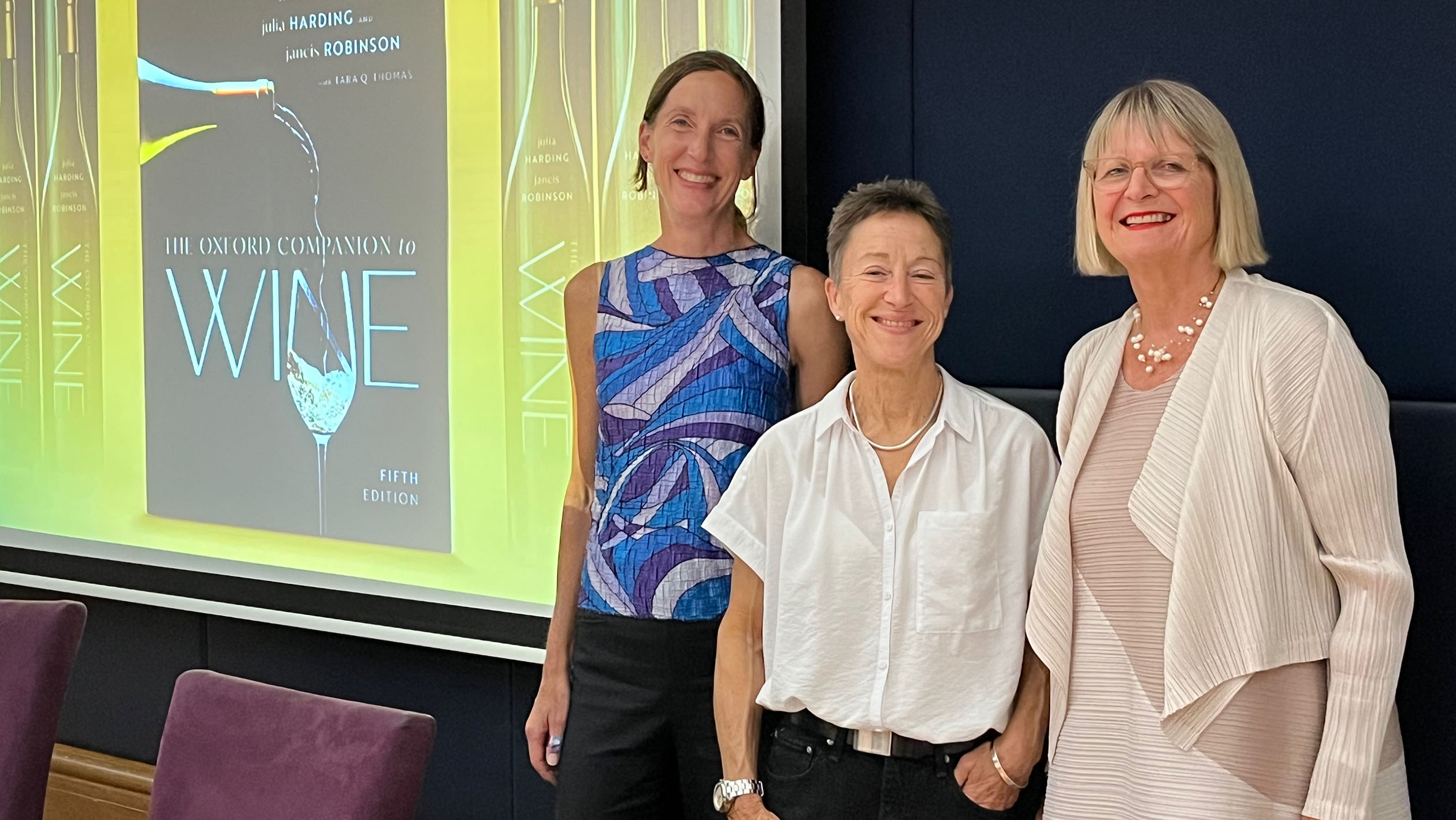
SFD: The industry has evolved so much since the first edition was published. How does the first edition compare to the newly published fifth edition?
JR: The new one is a million words, so 25 percent longer, and is much more tightly edited thanks to Julia Harding, MW, and Tara Q. Thomas. The geographical entries in particular needed a fresh pair of eyes in terms of which regions deserved their own entries, and Tara supplied an excellent, and in many cases new, set of contributors. And then Julia was able to continue her work on Wine Grapes [a guide to 1,368 grape varieties including their origins and flavors], which boosted the grape variety entries enormously, as well as continuing her tip-top work on the viticulture and enology entries for which she was responsible in the third and fourth editions, with invaluable input from viticulture advisory editor Richard Smart, Ph.D., and enology advisory editor Valérie Lavigne, Ph.D.
SFD: How did you approach revisions for each new edition?
JR: Each individual entry, even the historical ones, is read and analyzed and a decision is made as to how it should be updated and, if necessary, who should update it. And it wasn’t just us reviewing them. We went to the experts in each country, or in each field, and asked them to review the content and let us know what they believed warranted updating. We relied heavily on their on-the-ground, of-the-minute expertise. For example, JancisRobinson.com’s Italy editor Walter Speller’s knowledge of Italy is far deeper and more current than any one of ours; similarly, Ferran Centelles, JancisRobinson.com’s Spanish specialist, knows Spain in more detail than we could as he lives and works there, but even there we had Jesús Barquín also help out when it came to Jerez, his speciality.
“In the past the responsibility was so great that I thought about the book all the time, even in the middle of the night.” – Jancis Robinson, MW
We also worked hard in this edition to find more people who could report from the ground in their respective countries. Rather than have one person cover all of California, for instance, we had a team of five, each reporting from their own region (Matt Kettmann, Patrick J Comiskey, Alder Yarrow, Elaine Chukan Brown, and Kelli White). Ditto in Australia, which was formerly covered by a single person. For New York, we found someone who lives and works in the Finger Lakes (Maiah Johnson Dunn). We searched out people who could tell us firsthand what the wine scene is like today in Estonia, Latvia, Finland, Lithuania. And we worked hard to give the book a more global, less Anglocentric, perspective in content and tone.
A good 65 percent of the entries in the latest edition were materially updated—a similar proportion to earlier editions. We have long had a unique online version of the Companion on JancisRobinson.com (it’s wonderfully easy to click through cross-references) and Julia has been brilliant at updating it online with developments that are easy to include, but obviously not in anything like the same detail as a new edition.
SFD: What should wine professionals be on the lookout for in the newly released fifth edition?
JR: Everything! The purpose of the revisions was to update the text (for example, climate-related), bring in a more global perspective (less European/French bias), and ensure accuracy. We expanded our coverage of the wine world to include more regions in northern latitudes, Africa, and the U.S. All climate-related entries were significantly revised by Greg Jones, a research climatologist who specializes in viticulture. We also made updates to the design, navigation, and bibliography, and online references.
Every entry was reviewed by editors and updated by us or sent to previous or new contributors for revision then re-edited. With 272 new entries, 100 new contributors, and 16 new photos, the book has exceeded one million words for the first time.
It’s interesting to look at the list of new entries for signs of what has changed in the wine world. Vessels like pithari and talha, for instance, show the increased prevalence of using earthenware in winemaking (and that not everything is a Georgian qvevri). NFT, ecommerce, and blockchain highlight differences in how wine is sold. Low-intervention, glou-glou, zero-zero attest to the rise of “natural” wine (and none other than Alice Feiring takes on that knotty entry). Then of course there are such new entries as celebrity wines, influencers, and Whispering Angel.
But revisions are as important as new entries—new research, new practices to adapt to a changed environment, especially climate change, of course.
SFD: What has been the most challenging part of producing five editions of this book?
JR: In a way it’s ensuring it’s as up to date as possible. It’s always frustrating when there’s a major new development while the book is being printed.
But also the logistics: managing the entries to and from our wonderful contributors with all the associated correspondence, having to keep the text moving in and out over the usually two years that new editions take.
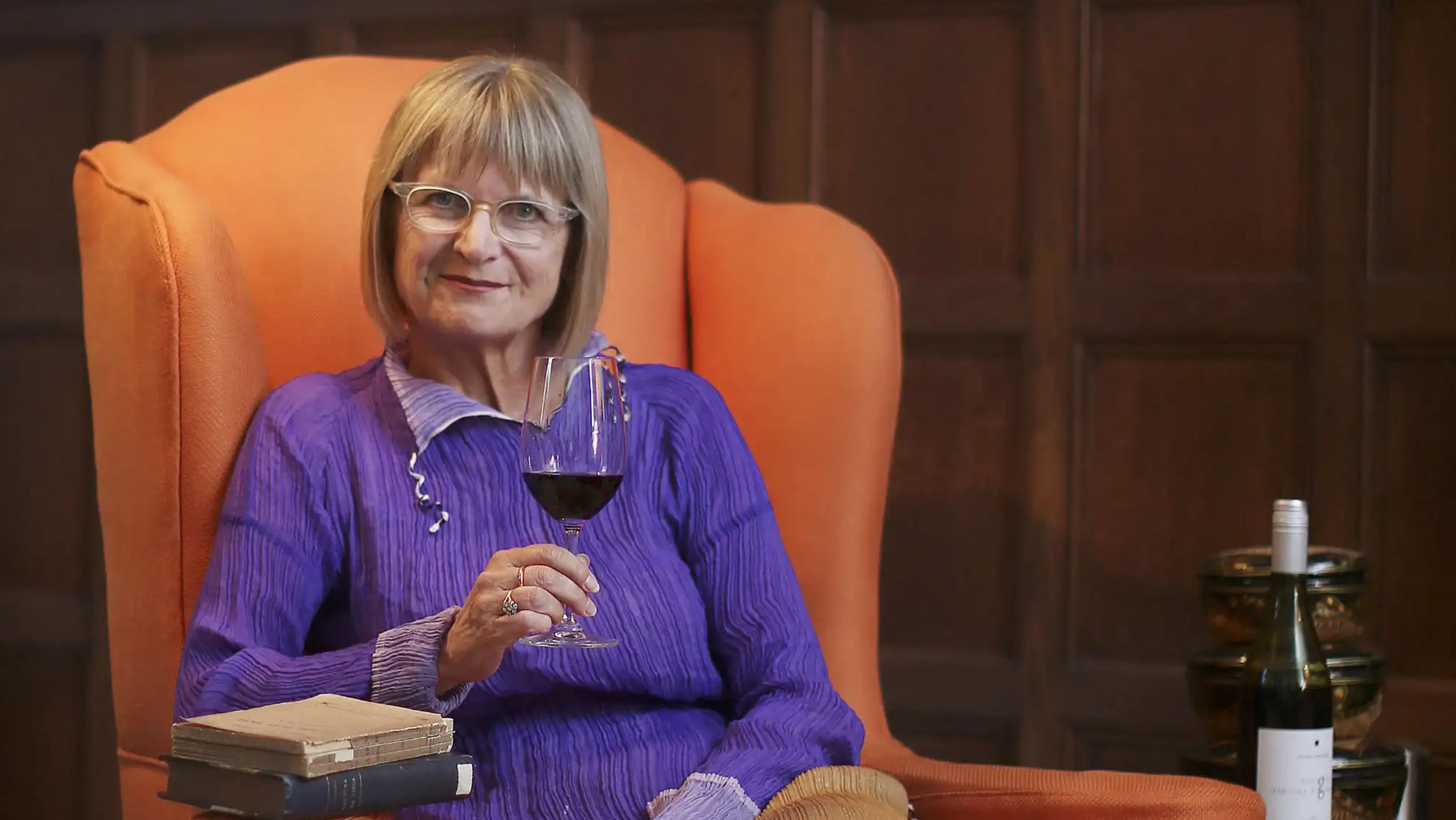
SFD: What has been the most rewarding part?
JR: It’s wonderful to travel the world and find people who feel they have a relationship with you, generally a grateful one, simply because they have studied the Companion. I think it has probably helped a lot of people pass the wine exams that are now so popular almost everywhere. It would be even better if the book could be translated into other languages. There was an attempt at a Chinese version, but it took so long that the text was ready only after the next edition came out!
SFD: How has it felt to bring new talent on to the project, and with the latest edition, pass the baton?
JR: I am absolutely thrilled to have handed on the baton to Julia, assisted by Tara. I’ve worked with Julia ever since she joined JancisRobinson.com in 2005 and know that she is the ideal person to edit the Companion, being a top MW and a copy editor in her previous life. She could not be more meticulous. And I was also seriously delighted at her choice of assistant editor in Tara. They were already friends and have a high level of respect for each other. We knew Tara was as fastidious a writer and editor as we are, and of course today I am so lucky to have Tara as the managing editor of JancisRobinson.com—except we had to delay her start date by many months while she finished her work on the Companion.
Immediately after the fourth edition was published in 2013, I told OUP that my memory is no longer as acute as needed by an editor of such a vast book. (When writing about Zimbabwe, for instance, you have to remember what you wrote about Abona). All I did in this latest edition was update about 10 percent of the entries so I got off relatively lightly. What a relief! Because in the past the responsibility was so great that I thought about the book all the time, even in the middle of the night. Working on it even through ridiculously high temperatures in the Languedoc where we spend each summer. It’s lovely to see the book in such good hands. They have done an absolutely terrific job.
SFD: After almost 30 years and five editions since you began this journey, what does The Oxford Companion to Wine mean to you?
JR: I’ve always described it as my fourth child. And it has been very much harder work than my son and two daughters.
This interview has been edited and condensed.

Dispatch
Sign up for our award-winning newsletter
Don’t miss the latest drinks industry news and insights—delivered to your inbox every week.
Caitlin A. Miller is a New York-based wine writer and the current associate editor for SevenFifty Daily. Her work has appeared in Food & Wine, Vinous, and Christie’s International Real Estate Magazine. She holds the WSET Diploma in Wines and was the recipient of the 2020 Vinous Young Wine Writer Fellowship.

